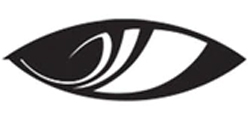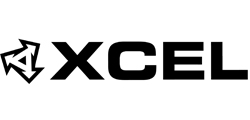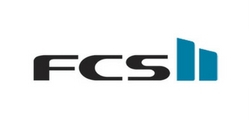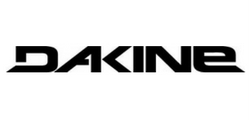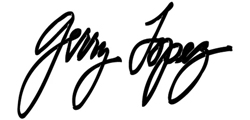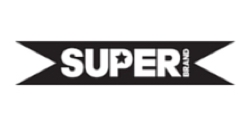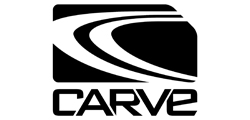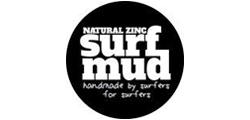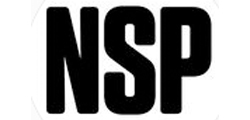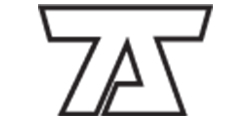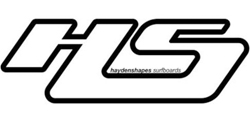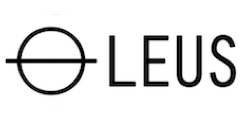Getting the right surfboard fins makes a huge difference to the performance of your surfboard, maximising your boards performance & allowing you to surf with more confidence.
Having the confidence in your equipment gives you the ability to push your surfing & get the most from every session.
It can be as complicated or as simple as you like, but just knowing what factors impact fin selection is worth knowing.
Included is a Basic Guide & an Advanced Guide, take your pick.
Some surfers have range of fin models / templates & others just the one set. Whatever works for you that's fine. However spending some time educating yourself will give you the tools to make better choices, saving you time, money & surfing better.
In this guide we will go through the process of choosing fins; Fins size, Template & Construction. We've added advanced notes for surfers who want extra tips to fine-tune their choices.
Note: Choosing the right surfboard is the most important step & the 2nd most important step is choosing the right surfboard fins. A good set of fins will compliment your surfboard & your ability. I've had experiences of magic boards going rubbish when using the wrong set of fins & boards I thought were duds going amazing when changing the fins up.
Personal preference is so subjective & what for someone might not work for everyone. So trial & error is the best way to educate yourself.
We just provide a guide to help you think about other factors that impact performance & get you building your own formula. Our guide has been developed from our teams experiences & knowledge.
BASIC GUIDE:
- Choose your fin size based on your weight & the manufacturers size guide
- Choose a fin template that suits your needs & surfboard type
- Choose a fin construction that works with your budget & keeping in mind a stiffer construction offers more response drive
Example: 1. 78kg Medium size in both FCS & Futures Fins - 2. All Round Performance surfboard type | Neutral fin type FCS Performer or Futures F6 > Hi Performance surfboard type | More sweep for open face carves FCS or Carver Futures Jordy model 3. Balanced performance construction (my preference > less leg strength but want response & drive) FCS Performance Core or Futures Fins Honeycomb
ADVANCED GUIDE:
- Choose your fin size based on your weight & the manufacturers size guide
- Choose a fin template that suits your needs & surfboard type > Surfing Stance > Back foot or Front foot surfer
- Choose a fin construction that works with your budget & keeping in mind a stiffer construction offers more response drive > Surfing Stance > Back foot or Front foot surfer
Example: 1. 78kg Medium size in both FCS & Futures Fins - 2. Middle Stance / Neutral Foot Surfer: All Round Performance surfboard type | Neutral fin type FCS AM Medium (smaller centre fin) or Futures WCT (smaller centre fin) > Hi Performance surfboard type | More sweep for open face carves FCS Carver or Futures Jordy model (More tail rocker eliminating stiffness - same templates work) 3. Middle Stance / Neutral Foot Surfer: Balanced performance construction (my preference > less leg strength but want response & drive) FCS Performance Core or Futures Fins Honeycomb (a stiffer construction might feel a little big)
#1 What Fin Size?
Selecting the right size is crucial & these factors all impact fin performance; your weight, stance positioning & surfing ability / surfboard volume.
Use the recommended guides provided by the manufacturer for a great starting point using you weight. See advanced notes for a more in-depth analysis.
FCS | Size GuideXSMALL: Under 55kg SMALL: 55kg to 70kg MEDIUM: 65kg to 80kg LARGE: 75kg to 90kg XLARGE: Over 85kg |
Futures Fins | Size GuideXSMALL: 34kg to 52kg SMALL: 47kg to 70kg MEDIUM: 65kg to 88kg LARGE: Over 80kg+
|
#2 What Fin Template will suit?
The fin template (models) is made up of height / Depth, Base, Rake / Sweep & overall area. A combination of these elements makes up the fin template & is a difficult process as slight changes to any of these element can dramatically change its performance.
Manufacturers / designers FCS & Futures Fins have been leading the way with their innovation & range. Working with world class shapers, surfers & design engineers these two brands have a great range of fins to suit.
Stay within your recommended fin size if your not confident with fin selection. Each size range will have a variety of different templates to choose from, all with a range of different performance characteristics.
Fin Area:
- Overall area is a snap shot of the amount of fin in the water; More area > Increase hold & Drive | Less area the opposite.
- For advanced surfers using low volume surfboards or powerful surfers you can go a larger fin area (size). This is possible because you have more control over a lower volume surfboard which allows the ability to push your fins a lot harder (less resistance from your board) leveraging fin flex. This provides extra speed, drive & control. However this is only possible if your continually pushing your equipment & keeping the board moving properly. You can see the pro's riding larger fins for their weight range & this is the reason they to athletes / rip.
Fin Height / Depth:
- More height / depth > Increases hold & drive | Less height the opposite.
Fin Base:
- Larger base > Increases stiffness & drive | Smaller base > Tighter turning arc, tighter pivot.
Fin Rake / Sweep:
- More rake / sweep > Draws out your turning arc providing drive throughout your turn | Less sweep > Increases turning arc, pivot.
- Fins with more rake / sweep are suited to surfboards with lots of rocker. Surfboards with curvy rockers (tail rocker) have more manoeuvrability & are loose on there own & generally made for more powerful curvy waves. So a fin with more sweep counteracts this by providing balance, more hold & drive. Complimenting the surfboards design & surf conditions.
These surfboard types are suitable: Step Up | Hi Performance | Friendly Hi Performance
- Less rake / sweep are suited to surfboard types with low to medium rockers. Working opposite to above these surfboard types are for smaller surf & therefore less rocker. The fin sits deeper in the water as there is less lift in the tail & making fins with more sweep to stiff for these surfboards. So less fin sweep increases pivot & increases your ability to perform tighter turns. Smaller waves require a tighter turning surfboard to fit in and out of turns. Another great way to make sure you've got a good balance is select a fin templates with a smaller trailer fin (centre fin) or buy a single replacement centre fin in the size down. This has the same effect of freeing up your board & the added benefit of using your existing side fins.
These surfboard types are suitable: All Round Performance | Small Wave Performance | Fish / Grovel
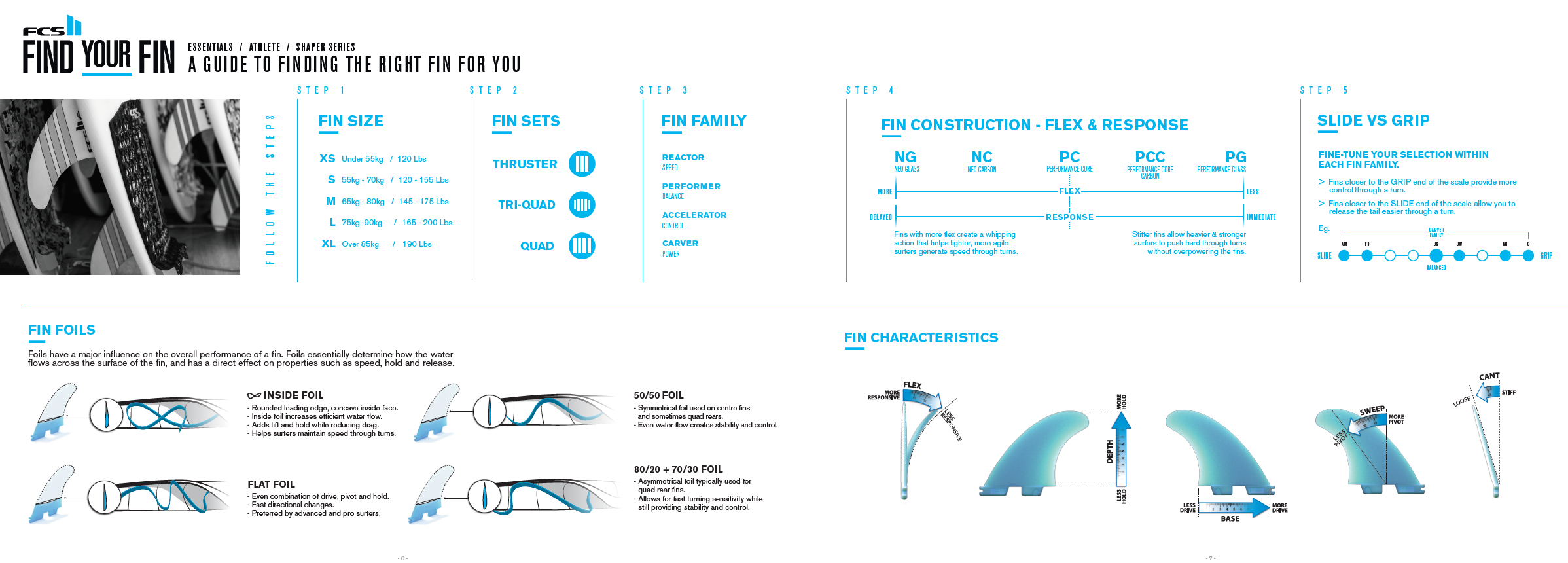
Where to find surfboard fin specifications
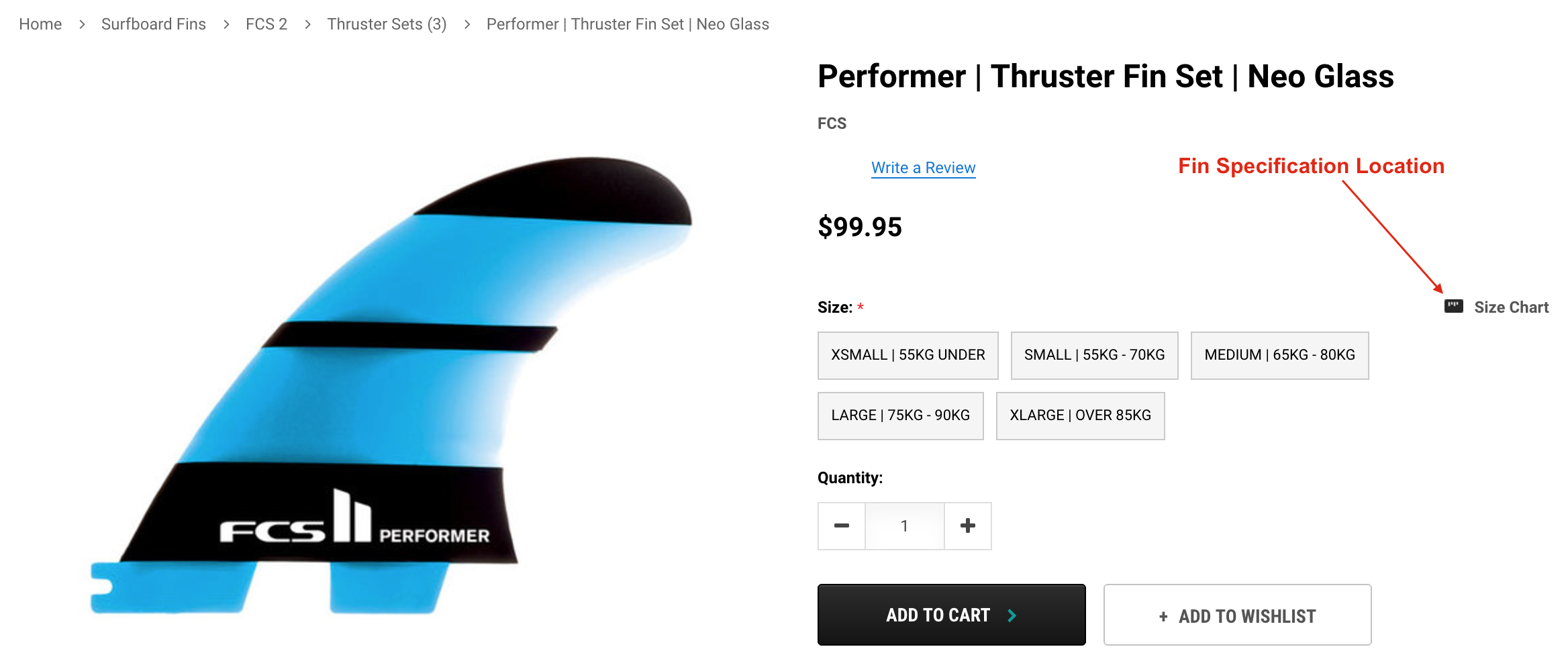
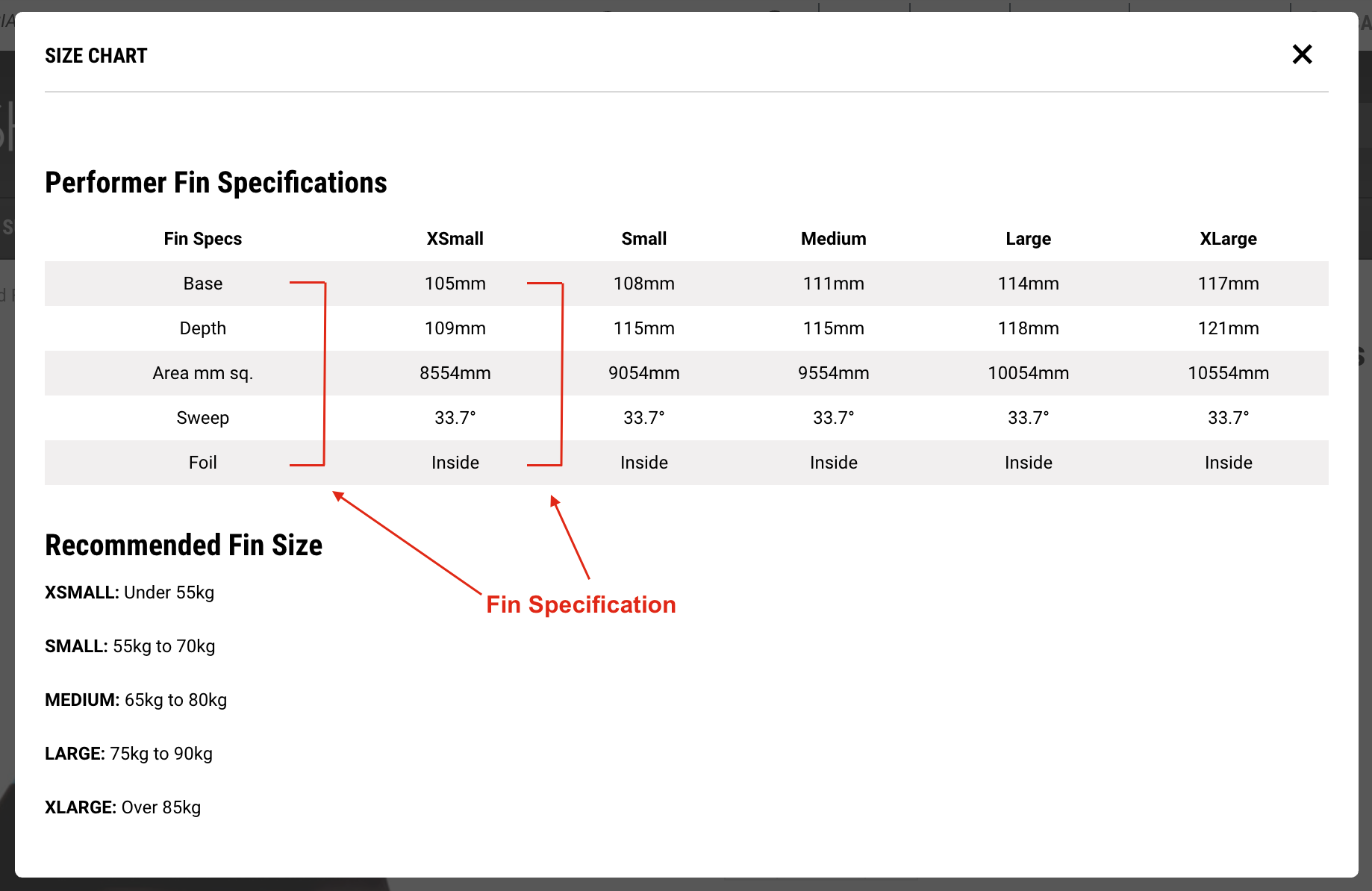
Fin Area Explained:

Overall fin area is used to categorise each templates size range, so you can select the right fin size easily. Within each size range there will be variations of fin area, paying attention to this can give you an idea of dropping or increasing fin size to suit. A larger fin area provides more hold & drive. Less area reduces hold & drive. Like everything a balance will provide you with the most versatility.
Fin Height / Depth Explained:

The deeper the fin is the more leverage the fin will have when rolling onto the rail. This helps with stability and overall hold, just like increasing the area. Taller surfers might benefit from deeper fins, and shorter surfers might like less fin height.
Fin Base Explained:

Base is an important aspect of area. Increasing the base will make a dramatic difference in the drive you feel out of your bottom turns. If the board feels stiff or hard to turn, putting in a fin with a smaller base, less rake, or more flex might free it up a bit.
Fin Rake / Sweep Explained:

The further the tip overhangs the base the more rake a fin will have. Fins with a large overhang are considered to be lower aspect ratio and they will be more stable because the fin tip in the back corrects and holds the board straight. This is good when the conditions are heavy or you want to wrap sweeping cutbacks.
Fins that are more straight up, higher aspect ratio, will allow you to change directions quickly and can be excellent for tight pocket surfing.
Surfboard fin characteristic can be found in the size chart section on each product page.
#3 What Construction?
Construction changes the flex pattern & fin response. A surfboard fin with more flex (Glass Flex / Thermotech) reduces the response & drive of the fin so when your push the fin it will flex the more the fin flexes the longer the response time. The fin flex also absorbs some of the pressure placed on it by the surfer & this reduces drive (fin pushing back). This can suit surfers who like the delayed feeling or more intermediate surfers still learning how much pressure to apply & the more forgiving performance it offers.
However more advanced surfers like the highly responsive fins stiffer fins with extra drive. The range of premium fins has increased since introducing these high tech performance fins. Both FCS & Futures fins have a wide variety of premium spec fin constructions to choose from. More information on these constructions can be found in the product description area. Subtle composite combinations offer a different feel for each construction.
If you want more out of your fins go with the performance construction fins & boost response & drive. Or if you just want simple forgiving fins go with the flexible constructions.
FCS 2 - Surfboard Fin Construction More Info
Futures Fin - Surfboard Fin Construction More Info
Advanced Notes:
Stance:
Stance is where you consistently stand position your feet.
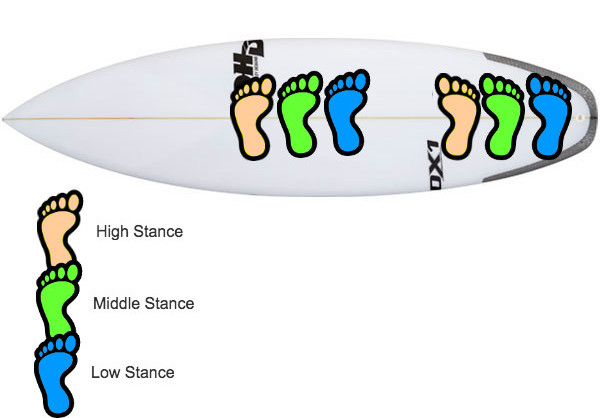
Your stance when surfing has an impact on the way your fins will feel. If you stand further up your surfboard (high stance) the further fins they're behind your body & thus lessons your ability to put pressure on them (leveraging your weight). Therefore your surfboard fins will feel bigger / stiffer which will lesson your ability to turn in a tight arc & break your fins free through manoeuvres. Your more controlled by your fins & it becomes difficult to man handle your board, example if you need to make quick direction changes.
On the opposite end is a low stance where your weight is directly over your fins & will allow you to put more pressure on them. Therefore your fins will feel smaller / looser with the ability turn tighter & slide your fins with more ease. A low stance will allow for more control over your fins which is a good thing, suiting all fin template options & just matter of your preference. Just to note a low or middle stance is better in general for both surfboards & fins. A high stance is normally a sign of your ability, looking for stability in the widest point of the board or a habit picked over your learning.
High Stance fin recommendation: Surfboard fins with a smaller centre fin & less rake / sweep fin are more suited. Also buying a smaller size fin is a good option or buying a replacement centre that's one or two sizes smaller works really well allowing you to use more templates but just tailoring them to your needs.
Middle Stance fin recommendation: Most fin templates will suit but a slightly smaller centre or less sweep templates can be a good option if you want more release. In general go with your preference.
Low Stance fin recommendation: All fin templates will be suitable just go with your preference.
If you try this out for yourself, I'm sure this have been experienced plenty of times. Moving your stance up or back has a massive impact of the way your board feels & handles. If you can move your stance to a middle or low stance that is idea for getting the most out of your equipment.
Where ever you stance take into consideration the best suited surfboard fins.
Front Foot / Back Foot Surfing:
Front foot or back foot surfing is what foot your most dominate on. Pushing from your back foot or leaning on your front foot & then there's neutral foot where you change between the two not favouring either foot. You can gauge this by looking at you surfboard & where the most pressure dings are located.
The same equation as the above applies here. Foot font feels stiffer & back foot loose.



